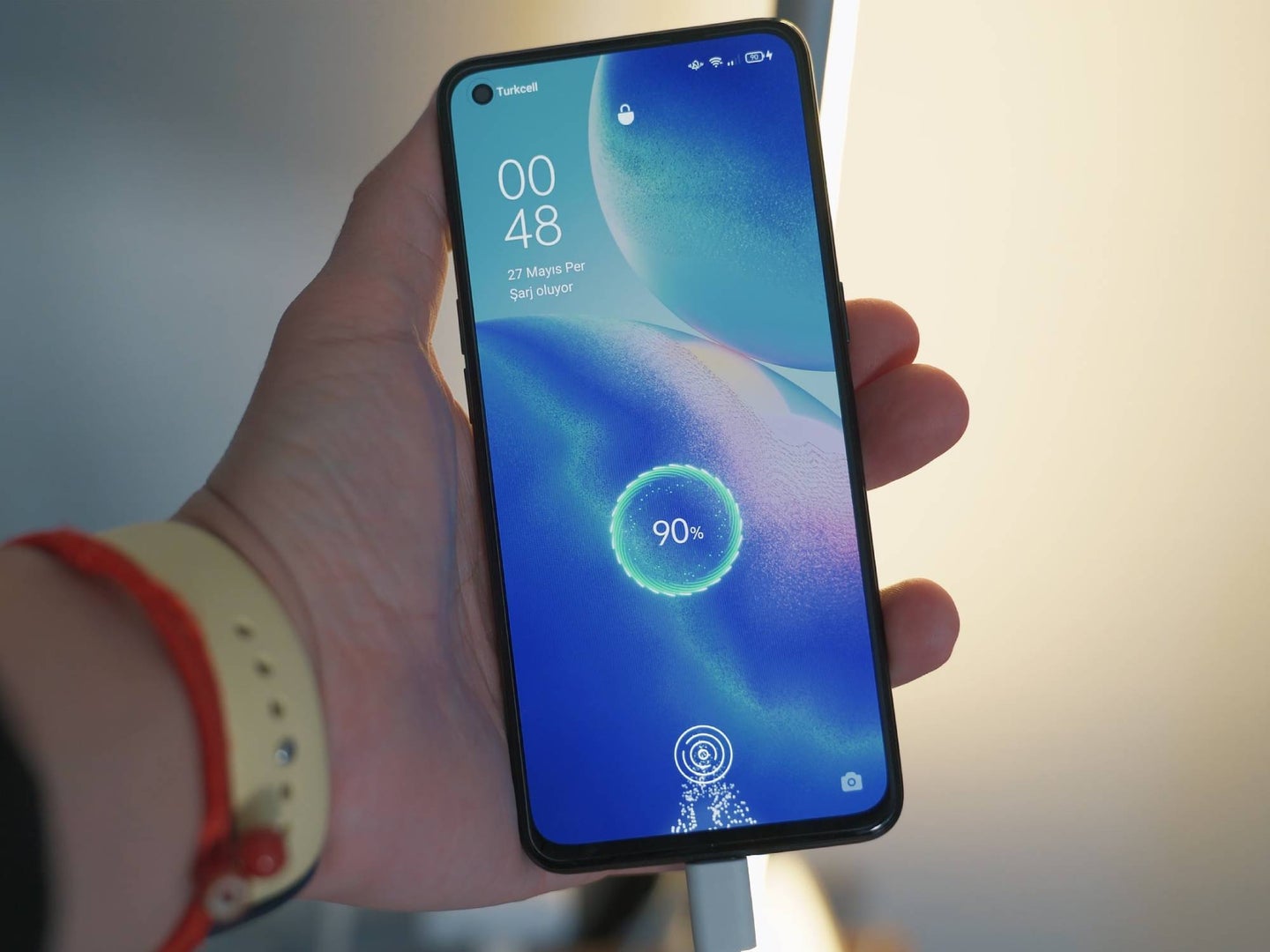In today’s digital age, smartphones have become an integral part of our daily lives. We use them for communication, entertainment, and work. However, the downside to all this convenience is the need for a constant power source. No one wants to be stranded with a dead battery in the middle of the day. This is where battery-saver mode comes in. But is it bad to leave your phone on a battery saver all the time?
Firstly, let’s understand what battery-saver mode does. When this mode is enabled, your smartphone turns off specific features that consume a lot of power. This includes push notifications, location services, and automatic updates. By doing this, your phone can conserve battery life and extend its usage time. However, this comes with a price.
One of the downsides of battery-saver mode is that it can limit the performance of your phone. Your device may become slower, and apps may take longer to open or respond. Additionally, some features may not work correctly when battery-saver mode is enabled. For example, GPS accuracy can be significantly reduced, which can affect the accuracy of navigation apps.
Another issue with battery saver mode is that it prevents background sync. This means that your apps won’t be automatically updated, and you won’t receive new notifications. This can be problematic if you rely on your phone for work or need to stay up-to-date with current events.
So, is it bad to leave your phone on a battery saver all the time? The answer is no. While battery-saver mode can help extend your phone’s battery life, it is not recommended to use it all the time. Instead, it should be used sparingly, such as when you are low on battery and cannot charge your phone. Additionally, you can manually disable specific features that consume a lot of power, such as location services or push notifications, instead of relying solely on battery saver mode.
Battery saver mode is a useful feature that can help extend your phone’s battery life. However, it should be used sparingly and not all the time. By using it wisely and disabling specific power-consuming features, you can still enjoy your phone’s full potential while conserving battery life.

Is It Better To Have Battery Saver On Or Off?
When it comes to battery life, it’s always better to have the Battery Saver mode turned on. This mode helps to conserve your battery life by limiting the background activity of your device, reducing the brightness of the screen, and turning off certain features like location services and push notifications.
When you have Battery Saver mode on, your device will use less energy, which can help to extend the amount of time you can use it without needing to recharge. This can be particularly useful when you’re low on battery and can’t charge your device, or when you’re traveling and don’t have easy access to a power source.
However, it’s important to note that Battery Saver mode can also limit the performance of your device, as it restricts certain functions that consume a lot of power. So, if you need your device to perform at its best, you may want to turn off Battery Saver mode temporarily.
The decision to turn on or off Battery Saver mode will depend on your specific needs and circumstances. If you need to conserve battery life, then it’s best to have it turned on. But if you require optimal performance, you may want to turn it off.
What Are The Disadvantages Of Battery Savers?
Battery Saver mode, while useful for extending battery life, has several disadvantages that can affect the user experience. Some of these disadvantages are:
1. Lowered Performance: When Battery Saver mode is enabled, the device’s performance is reduced to conserve battery life. This means that apps may take longer to load, and the device may take longer to respond to user inputs.
2. Limited Background Sync: Battery Saver mode restricts background processes and sync, which means that apps may not update in the background as frequently as they normally would. This can result in delayed notifications and updates.
3. Limited GPS Access: GPS is a power-hungry feature, and Battery Saver mode may limit its access to conserve battery life. This can affect location-based apps and services that rely on GPS data.
4. Limited Connectivity: Battery Saver mode may also restrict connectivity features like Wi-Fi and Bluetooth to conserve battery life. This can affect the user’s ability to connect to other devices and networks.
5. Restricted Performance of Apps: Some apps may not function properly when Battery Saver mode is enabled. For instance, video playback may be affected, and certain games may not perform as smoothly as they normally would.
Battery Saver mode can help extend battery life, but it comes with several disadvantages that can affect the user experience.
Conclusion
Phones have become an essential part of our daily lives, helping us stay connected with others, access information, and perform various tasks on the go. However, with the increasing use of mobile devices, battery life has become a critical factor to consider. Using the Battery Saver mode can significantly extend the battery life of your device, but it also comes with some downsides. Therefore, it’s crucial to use this mode wisely and only when necessary to strike a balance between performance and battery life. By doing so, you can enjoy the benefits of your phone without worrying about running out of battery power when you need it the most.








